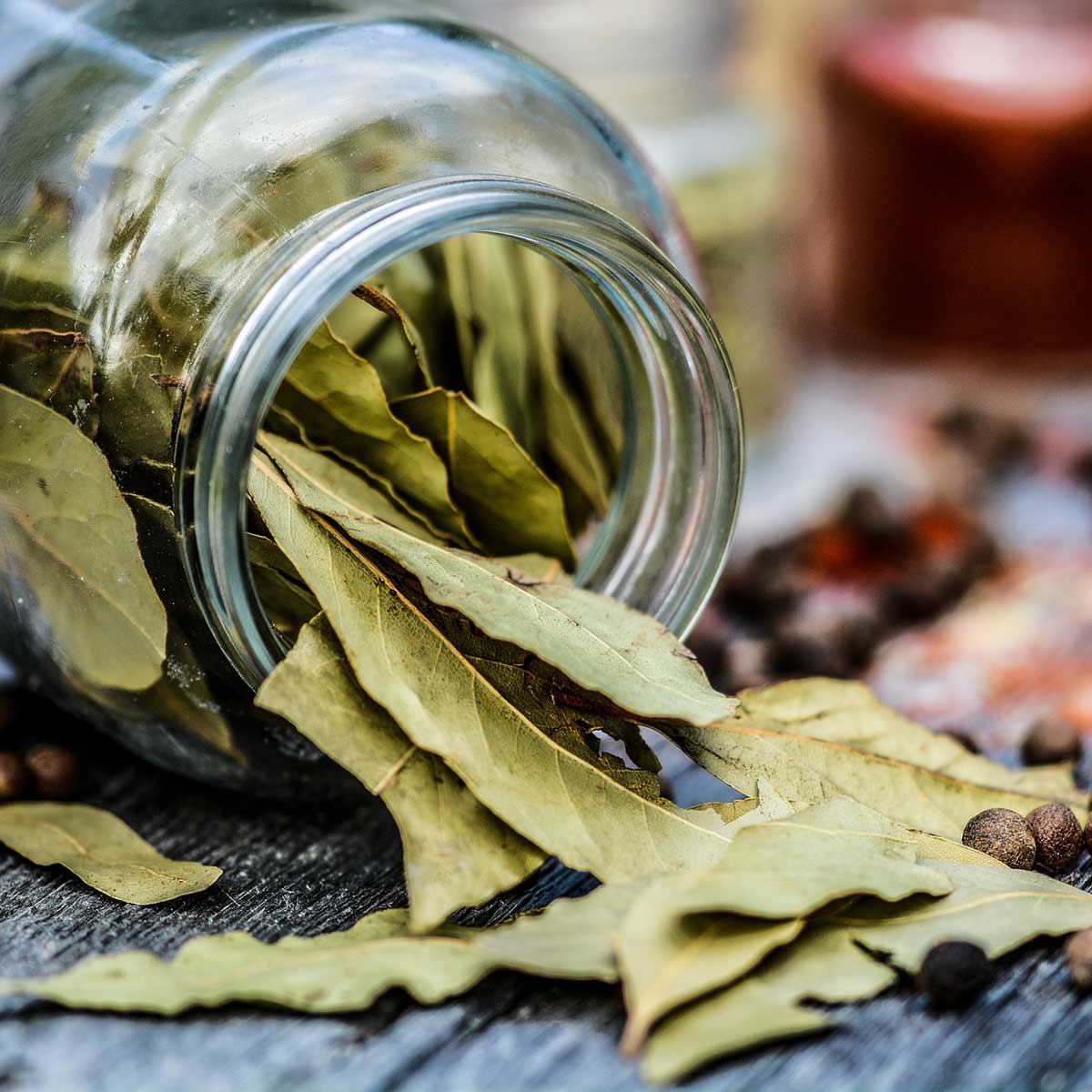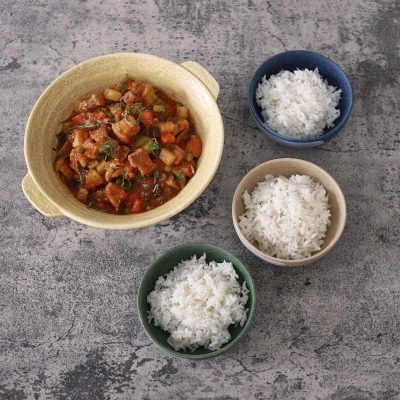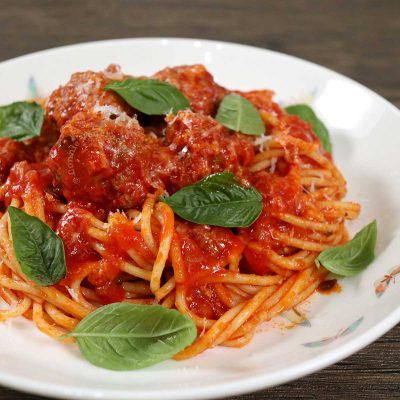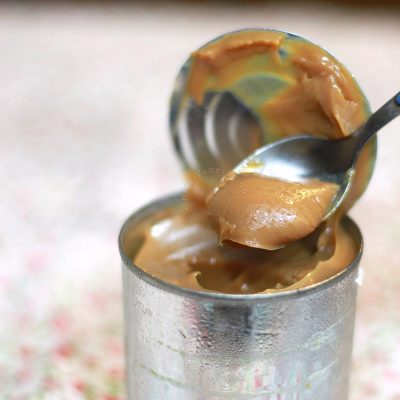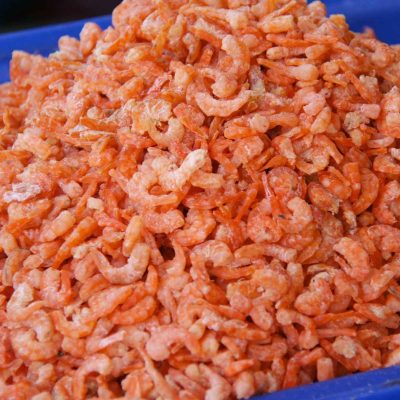I remember once, long ago, when commenting was still on in all my blogs, I posted a recipe with photos, the recipe ingredients included laurel and a reader commented, quite indignantly, that the photo showed bay leaves and not laurel.
Bay leaf is laurel
Laurus nobilis, if we have to be scientific about the classification. It’s been grown in the Mediterranean region there since the beginning of recorded history. You know those crown of leaves worn in ancient Greece and Rome? Those were made with laurel leaves.
However, in practice, there are dried leaves sold as bay leaves but aren’t Laurus nobilis. The West Indian bay leaf, for example, is Pimenta racemosa. Another example is Indonesian bay leaf which is Syzygium polyanthum. And then, there’s Mexican bay leaf which is Litsea glaucescens. Why they are misleadingly referred to as bay leaves has more to do with bad translation than anything else.
So, how did bay leaf reach Asia and how sure are we that it is laurel? It was the Spaniards who introduced it to the Philippines. They came as colonizers, brought their culinary traditions with them and we assimilated many of those traditions. One of them is the use of laurel in cooking.
How to use bay leaf in cooking
When we cook adobo, menudo or even tomato-based pasta sauce in the Philippines, it is customary to add a piece or two of bay leaf. Why? What does bay leaf impart?
Bay leaf is highly aromatic. You add it to soups and stews, and it imparts a subtly floral fragrance. You don’t eat bay leaf whole though. It’s bitter and fibrous. In fact, when added to food during cooking, the bay leaf which has already served its purpose of adding fragrance to the food, is usually removed and discarded before the dish is served. You can leave it there, actually, but someone might accidentally eat it and that is not going to be a tasty experience.
Buying bay leaves
So, how do you tell if the packet of bay leaves you just bought is, in fact, laurel? Well, unless you’re a botanist, you can’t. As consumers, we all rely on what’s written on the label.
Will it make a lot of difference if the bay leaf we use is really West Indian bay leaf, Indonesian bay leaf or Mexican bay leaf? All three are also aromatic but in different ways. So, yes, substituting one for the other will give a dish a different flavor profile.
Storing bay leaves
Bay leaves (yes, we’re still talking about laurel) are more aromatic when dried. And that’s how it’s sold, mostly. You won’t be using an entire packet for a single dish because you only need a piece or two. That’s how potent they are.
What is left in the packet, you can transfer to a jar with a tight cap. Keep in the pantry, away from the sun, and use within a month. After that, they start losing their aroma.
For best results, drop a piece of silica gel in the jar with the bay leaves. This is especially useful in regions where humidity is oppressively high. The silica gel will absorb moisture that will prevent molds from forming.

